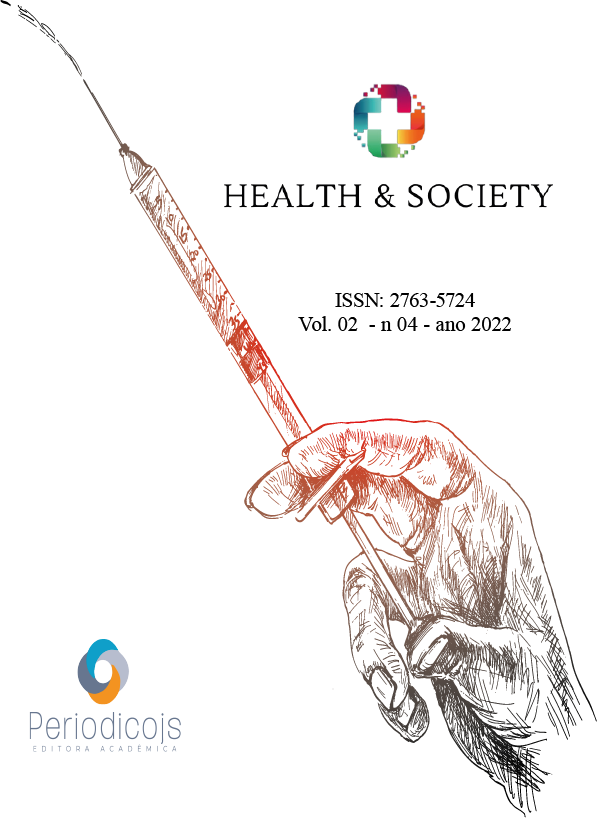Resumo
The objective of this article is to explore the main aspects that define lung neoplasms with emphasis on their pathophysiology, their epidemiological profile and their clinical management since diagnosis, available treatments and means of prevention based on a review of scientific literature.
Referências
Kumar, Vinay; et al. Robbins patologia básica. Elsevier Brasil, 2013.
Kasper, Dennis; et al. Medicina Interna de Harrison. 18ª edição. Rio de Janeiro: Editora Artmed, 2009.
Estimativa 2016: Incidência de Câncer no Brasil / Instituto Nacional de Câncer José Alencar Gomes da Silva – Rio de Janeiro: INCA, 2015.
Payne LS et al. Discoidin domain receptor 2 signaling networks and therapy in lung cancer. J ThoracOncol. 2014;9(6):900-4
Steven JW et al. Discoidin Domain Receptor 2 Mediates Tumor Cell Cycle Arrest Induced by FibrilarCollagen.JBiol Chem. 2005;280(48):40187-40194.
Savas P et al. Targeted therapy in lung cancer: IPASS and beyond, keeping abreast of the explosion of targeted therapies for lung cancer. J Thorac Dis. 2013;5Suppl 5:S579-92.
Wendy AC. Molecular biology of lung cancer.JThorac Dis. 2013; 5(Suppl 5):S479–S490.
Nana-Sinkam SPN et al. Molecular Biology of Lung Cancer. Diagnosis and Management of Lung Cancer, 3rd ed: American College of Chest Physicians Evidence-Based Clinical Practice Guidelines. Chest. 2013;143(5 Suppl):e30S-e39S.
Pendharkar, Dinesh et al. Molecular Biology of Lung Cancer – A Review. Indian J SurgOncol. 2013;4(2):120-124.
Calvayrac O et al. Molecular biomarkers for lung adenocarcinoma. EurRespir J. 2017;49(4).

Este trabalho está licenciado sob uma licença Creative Commons Attribution 4.0 International License.
Copyright (c) 2022 Alice Cabral Barbosa, Arthur de Oliveira Arantes, Jéssica de Almeida Sousa, Maria Carolina Rios Fonseca, Sarah Mitsue de Castro Matsuoka





